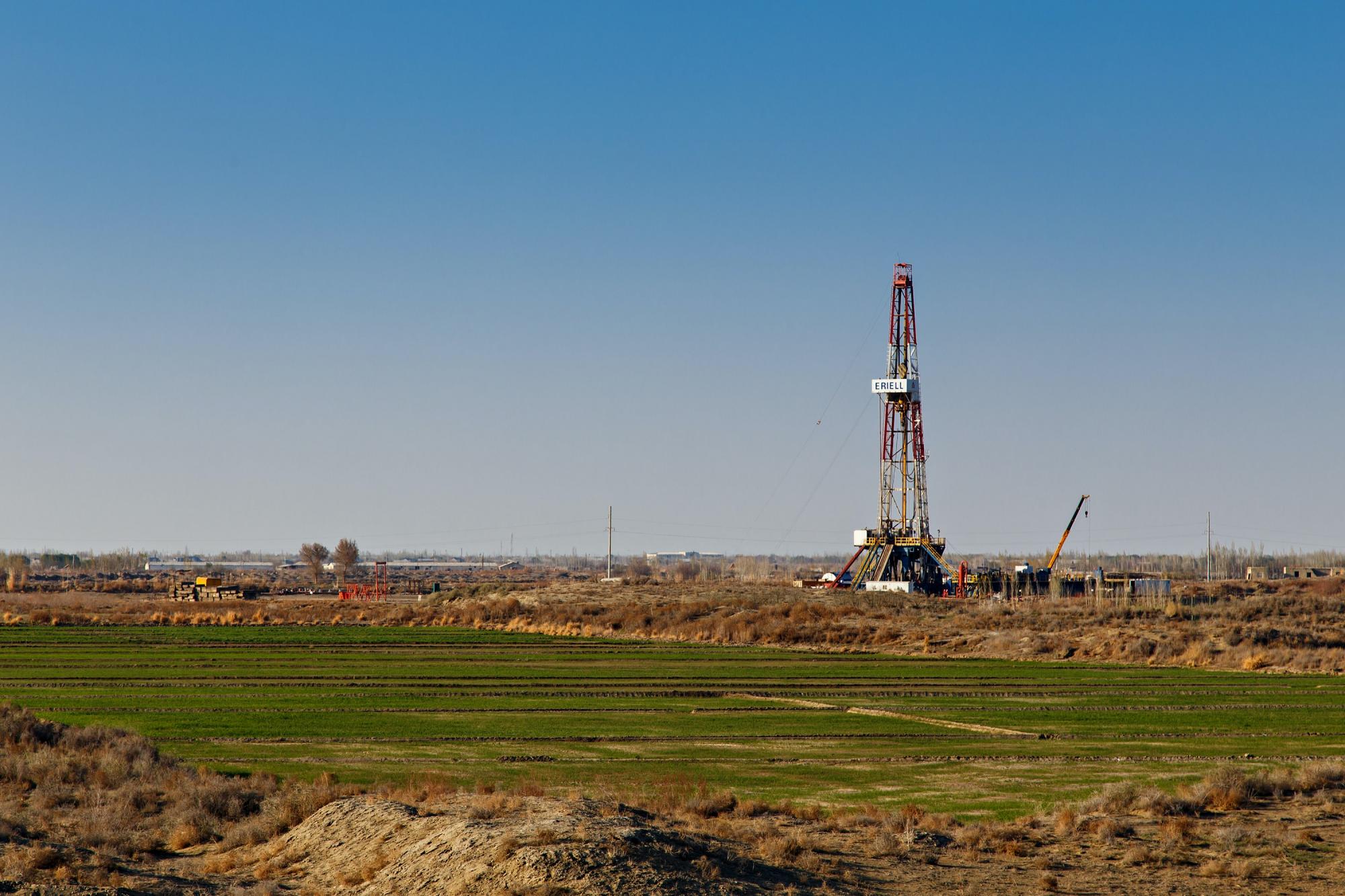
The stage is set for a rapidly approaching oil boom to come to Lea County. Bank of America has revised its prediction of $100-a-barrel-oil from mid-2022 to around the year’s beginning, assuming this winter is as cold as that of last year.
Conventional thinking suggests that $100-a-barrel-oil could lead to a significant boom in the Permian Basin and directly and positively affect Lea County. However, everything may not be sunshine and roses. Dark clouds on the horizon may threaten the backdrop. The only sure thing is that gas prices will climb.
Renewed Investment in the Permian Basin
While nearly all other oil and gas fields in the US during the recent crisis have declined or barely maintained production, the Permian Basin has thrived. Royal Dutch Shell recently exited the Permian Basin after succumbing to pressures from its stockholders to move away from fossil fuels into greener energy. The sale of the company’s Permian crown jewel to ConocoPhillips for a price of $9.5 billion in cash raised a lot of eyebrows in the industry.
Harold Hamm, arguably the richest and most prominent of the shale wildcatters, is moving into the Permian Basin. His company, Continental Resources Inc., agreed last week to acquire the Delaware Basin assets owned by Pioneer Natural Resources Co. for $3.25 Billion in another cash deal. The Delaware Basin is a subregion of the Permian Basin, which is partially located under Lea County.
Other companies are also shifting their focus to the Permian Basin. Bidders for the Royal Dutch Shell interest, which was mostly located in the Delaware Basin, included Devon Energy, Chevron Corp, EOG Resources and some privately held companies. Although unsuccessful with Shell, the interest of these companies in the Permian Basin has not waned.
Diamondback Energy Inc., a major operator in the Permian Basin, is warning of a 10% increase in costs expected next year. The reason is mostly due to supply chain problems and shortages of various components needed in their operations. Increasing costs of production lead to increased end user prices, setting the stage again for higher prices.
Heavy investments are being made in our backyard, and the future is looking promising for a boom in the Lea County Oil and Gas sector.

Reluctance to Increase Production
As the COVID-19 pandemic rapidly spread around the globe in early 2020, business and industry ground to a halt and people isolated themselves in their homes. Demand for oil seemed to dry up overnight. While OPEC+ instituted talks to find a solution, Saudi Arabia and Russia began a trade war which escalated into the unthinkable. A tsunami of oil inundated the marketplace to such a level that storage was at a premium and even owning oil became a liability instead of an asset.
The apex of the crisis occurred on April 20, 2020 when the West Texas Intermediate Crude benchmark entered an alternate universe and plunged into the negatives, ending that grim day to close at -$40 a barrel. Yes, that’s minus $40 a barrel. This unprecedented crash of oil prices left the industry reeling and overly cautious about increasing production and exploration.
In spite of Diamondback’s commitment to the Permian Basin and the projected $100-a-barrel-oil price, the company has committed to keeping production at the same levels throughout 2022 as are being produced at present. This factor is a cause of concern for many and indeed one of the dark clouds seen on the horizon.
Although the world’s largest energy companies are hoarding the largest cash positions they have held in years, they have no intention of spending it on increasing production to combat the global shortages of oil and gas.
Exxon Mobil, Royal Dutch Shell and Chevron confirmed in late October that they will use their windfall profits on share buybacks and dividends rather than on exploration. This stance is a complete turnaround from all previous energy rallies, including ten years ago when the emerging shale plays amid fears of fossil fuel shortages created a massive increase in capital spending. That boom ended very painfully for the industry, with overproduction and cost controls sprialing. As the saying goes, “once burned twice afraid”. This time the surviving companies are happy to hand the cash to the shareholders, many of whom are not only tired of dismal returns over the last decade but also concerned about the significant risks these companies are facing as a result of current climate concerns.
The Fracking Problem
As much of the world is emerging from the fallout of the pandemic and the record cold winter of 2020, a shortage of natural gas is a reality which has caused prices to increase at record rates. Natural gas prices in the US are up by 100% over last year.
Usually increases in energy prices cause increases in exploration and drilling, but this time is the exception. Many think that the pressure of meeting environmental and social goals has created a hesitancy on the part of Wall Street to fund new exploration. Additionally, many companies are hesitant to increase production because of the not that long ago energy crash that created negative prices.
But there is an even darker side to all of this. In spite of all the hype, fracking has not proved that profitable for the industry. In reality, North American energy companies after instituting fracking lost money or failed to profit 21 out of the last 30 years, according to the HOLT database by Credit Suisse. Over the last half of that period, debt levels doubled and earnings fell, causing concerns of loan default.
Shale oil fields have a high depletion rate, which is “industry speak” for a rapid fall-off of production. Fracking becomes counterproductive to the business model, because to insure profitability production needs to be steady with a slow decline. Fracking creates great surges followed by rapid declines.
Governmental Friction
The present administration has set its eyes on solving the climate crisis. The result will be increased regulation of fossil fuels and likely the reduction of some incentives which all conspire to increase production costs and limit production. However, these goals have placed the administration on a tightrope teetering between the desire to combat climate change and to not destroy the economy at the same time.
The future of the Biden administration will likely be determined by the state of the economy. Plain and simple, high energy prices are a death knell for prosperity. In order to keep his domestic agenda on track, Biden needs lower gas prices. Consequently, he approached OPEC+ and used every influence available to convince the energy super power to increase production. Unfortunately for President Biden and the American economy, the member nations denied Biden’s requests. OPEC+ is committed to maintaining production with modest increases – all while gasoline prices in the US reached a seven-year high.
Photos by Worksite Ltd & Raychel Sanner // Unsplash


